Deck & Commander Strategies
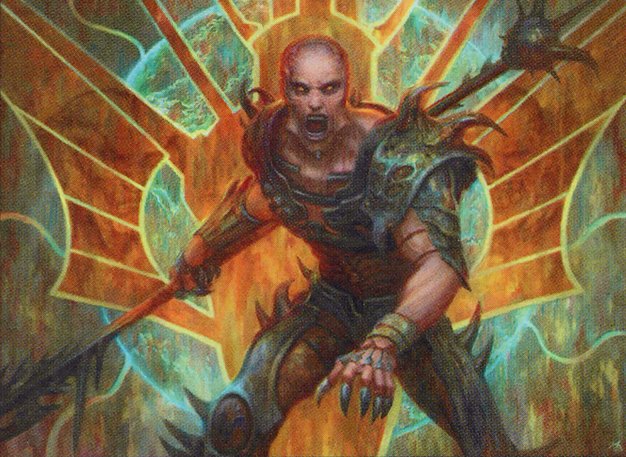
Greven, Predator Captain
Cast Greven quickly by self-inflicting damage and then use his haste and combat prowess to deal lethal damage swiftly.

Golos, Tireless Pilgrim
Deploy multiple planeswalkers and utilize efficient board wipes to gain incremental advantage and control the board until a planeswalker ultimate secures victory.

Ruhan of the Fomori
Aggressively equip Ruhan with artifacts and attack to pressure opponents and chip away at their life totals quickly.

Gavi, Nest Warden
Exploit cycling mechanics to generate card advantage and create tokens, using incremental value and combat tricks to overwhelm opponents.
Gameplay Insights
- 1
The use of Soul Shatter to force multiple players to sacrifice their commanders was a pivotal board reset that drastically altered the game state.
- 2
Gavi's free cycling and token generation provided consistent incremental advantage, allowing recovery after board disruptions.
- 3
Greven’s strategy relied heavily on self-inflicted damage to cast quickly and attack with haste, but was vulnerable to timely removal spells.
- 4
Golos’s use of planeswalkers combined with efficient board wipes allowed for steady control and resource accumulation.
- 5
Players effectively used stifle effects and counterplays to disrupt opponent strategies, showcasing the importance of interaction in multiplayer EDH.
- 6
The balance between aggressive attacks and controlling spells created a dynamic and tense gameplay experience with shifting momentum.
Notable Cards
-
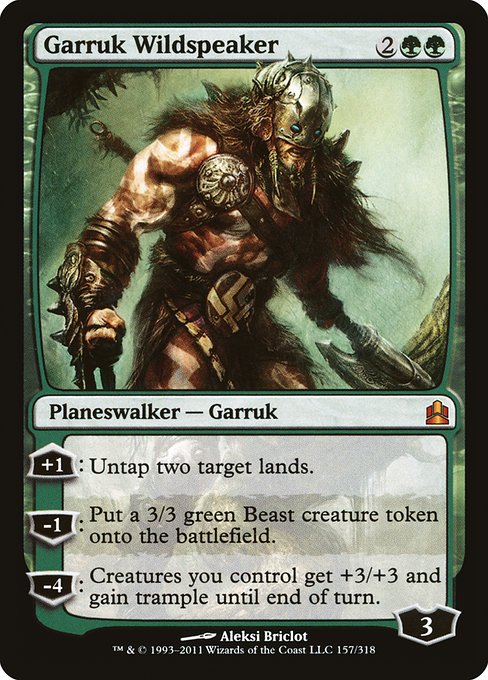
Garruk Wildspeaker
-
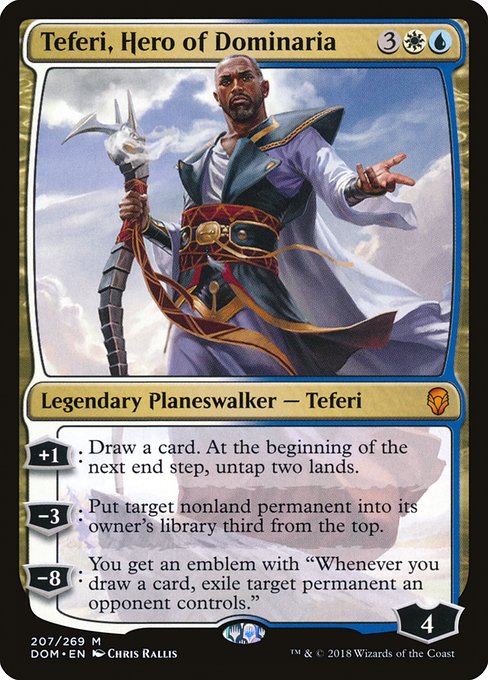
Teferi, Hero of Dominaria
-

Nicol Bolas, Dragon-God
-
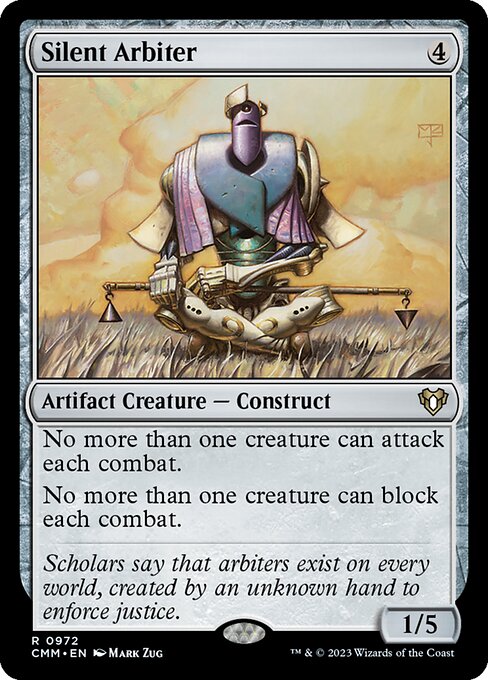
Silent Arbiter
-
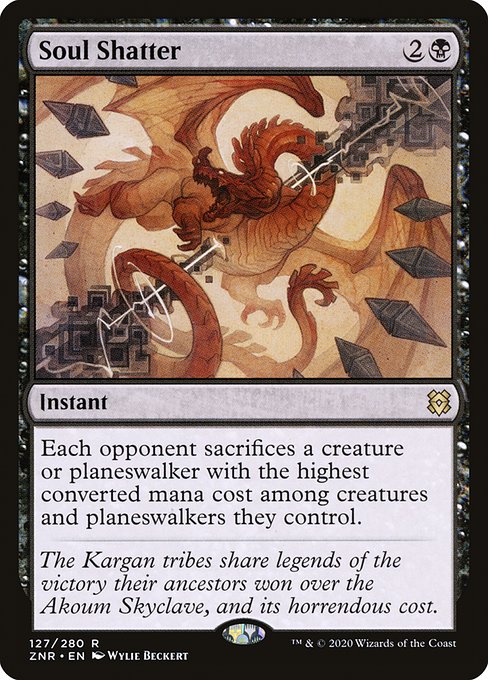
Soul Shatter
-

Sweltering Suns
-
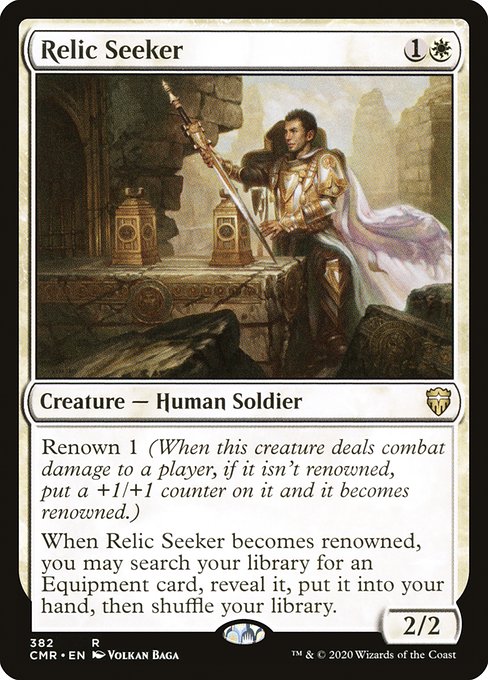
Relic Seeker
-

Swiftfoot Boots
-
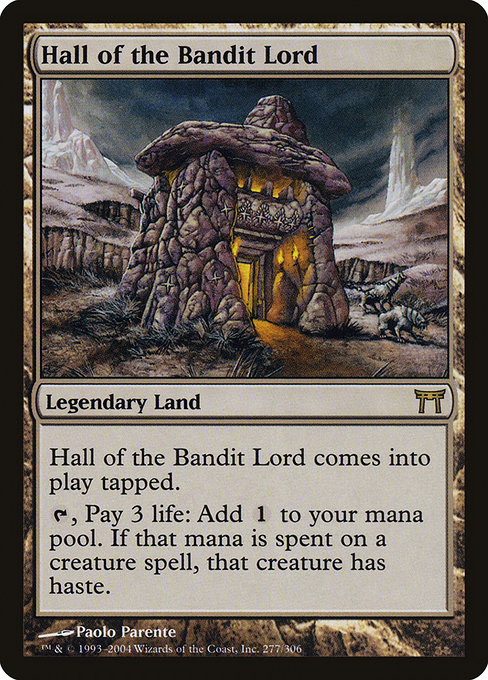
Hall of the Bandit Lord
Gameplay Summary
The game featured a dynamic four-player Commander match with Greven, Predator Captain; Golos, Tireless Pilgrim; Ruhan of the Fomori; and Gavi, Nest Warden.
Early turns saw each player establishing their mana bases and deploying key pieces, including planeswalkers like Garruk Wildspeaker and Teferi, Hero of Dominaria, as well as utility creatures and equipment to set up their strategies.
Greven’s player focused on a high-risk, high-reward plan of self-inflicted damage to bring Greven out quickly and strike decisively, while Golos aimed to leverage a variety of planeswalkers and board wipes to control the game and gain incremental advantage.
Ruhan’s aggressive deck worked to quickly equip and attack with his commander to deal damage and pressure opponents, and Gavi’s cycling-centric strategy generated value through card cycling and token creation to outpace opponents with incremental advantage and combat tricks. A critical moment occurred when Greven was cast with haste, threatening a lethal strike on Teferi, but the attempt was thwarted by Golos’s player casting Soul Shatter, forcing multiple players to sacrifice their commanders, significantly shifting the board state.
From there, Gavi’s player capitalized on cycling synergies and token generation to rebuild board presence.
Golos continued to leverage planeswalkers and efficient spells to maintain control, while Ruhan tried to keep pressure with combat and equipment.
The game’s tension was heightened by smart plays such as stifling abilities to disrupt combos and protect key permanents, and well-timed board wipes like Chromatic Vengeance and Sweltering Suns to reset the board when necessary.
The interplay of aggressive commander attacks, value generation from cycling, and planeswalker ultimates defined the flow of the match, with each player vying for control and looking for an opening to close out the game.
![Greven vs Ruhan vs Gavi vs Golos [EDH Commander] Gameplay 2020 thumbnail](https://i.ytimg.com/vi/h8Amwf407Ik/maxresdefault.jpg)



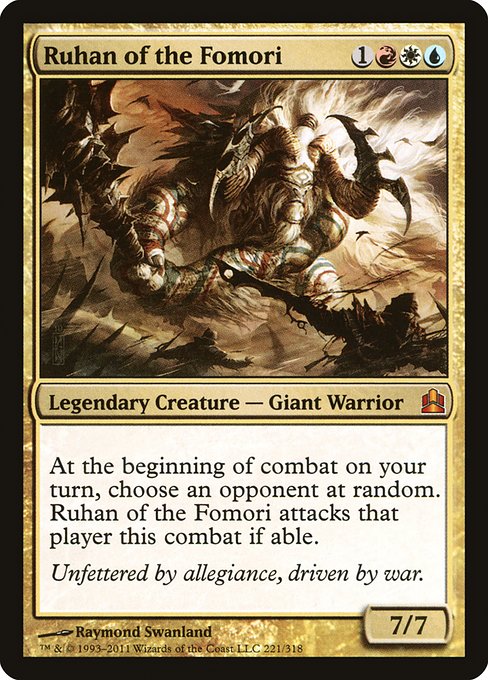

![Tuvasa vs Drana vs Greven vs Yuriko [EDH Gameplay] 2020 thumbnail](https://i.ytimg.com/vi/-hHy2sHIzKw/sddefault.jpg)
![Ojutai vs Kalamax vs Greven vs Niv-Mizzet [EDH Gameplay] 2020 thumbnail](https://i.ytimg.com/vi/t177nY7wtgk/sddefault.jpg)
![Meren vs Tuvasa vs Greven vs Jhoira [EDH Gameplay] 2020 thumbnail](https://i.ytimg.com/vi/R-bM2TKK7gE/sddefault.jpg)
![Greven vs Edgar vs Narset vs Yuriko [EDH Commander] Gameplay 2020 thumbnail](https://i.ytimg.com/vi/wSC8OzF9Gd0/sddefault.jpg)
![Teysa vs Windgrace vs Akiri vs Greven [EDH/Commander, Magic The Gathering Gameplay] 2021 thumbnail](https://i.ytimg.com/vi/ekyZM9QE0C0/sddefault.jpg)
![Edgar Markov vs Greven vs Varina vs Lord Windgrace [ EDH/Commander, Magic The Gathering Gameplay ] thumbnail](https://i.ytimg.com/vi/3rwr83HdROI/sddefault.jpg)
![Golos vs Obuun vs Inalla vs Yuriko [EDH/Commander Gameplay] 2020 thumbnail](https://i.ytimg.com/vi/3yA955_Nzyg/sddefault.jpg)
![Chulane vs Golos vs Obuun vs Akiri [EDH/Commander Gameplay] 2020 thumbnail](https://i.ytimg.com/vi/5Qguqu4jr74/sddefault.jpg)
![Chulane vs Gavi vs Akiri vs Edgar [EDH/Commander Gameplay] 2020 thumbnail](https://i.ytimg.com/vi/t6-gBD5ZKzU/sddefault.jpg)
![Gavi vs Mogis vs Alela vs Kadena [EDH/Commander Gameplay] 2020 thumbnail](https://i.ytimg.com/vi/6T6ss2XZPlU/sddefault.jpg)
![Mangara vs Gavi vs Zacama vs Edgar Markov [EDH/Commander, Magic The Gathering] MTG Gameplay 2020 thumbnail](https://i.ytimg.com/vi/ph4NFSc2VdM/sddefault.jpg)
![Jhoira vs Gavi vs Animar vs Karametra [EDH/Commander, Magic The Gathering Gameplay] 2021 thumbnail](https://i.ytimg.com/vi/xPfeMJLmgr8/sddefault.jpg)
![Edgar Markov vs Valki vs Animar vs Gavi [EDH/Commander, Magic The Gathering Gameplay 2021] thumbnail](https://i.ytimg.com/vi/ELgrDNY5CUI/sddefault.jpg)
![Prosper vs Zevlor vs Faldorn vs Gavi [EDH/Commander, MTG Gameplay 2022] thumbnail](https://i.ytimg.com/vi/jx2bXZMUIU4/sddefault.jpg)
![Kamahl//Jeska vs Gavi vs Animar vs Xyris [EDH/Commander, Magic The Gathering Gameplay] 2021 thumbnail](https://i.ytimg.com/vi/gKg7LKy2rMs/sddefault.jpg)
![Commander Gameplay #32 - Gavi v. Goreclaw v. Heliod v. Golos [EDH Gameplay] thumbnail](https://i.ytimg.com/vi/8KOuMSeD264/sddefault.jpg)


![Ludevic//Kraum vs Ruhan vs Nicol-Bolas vs Xyris [EDH Commander] Gameplay 2020 thumbnail](https://i.ytimg.com/vi/UoScKPF8YXE/sddefault.jpg)
![Bruvac vs Ruhan vs Trynn // Silvar vs Lathril [EDH/Commander, Magic The Gathering Gameplay] 2021 thumbnail](https://i.ytimg.com/vi/1K7YIYQIJFE/sddefault.jpg)

![Commander VS S16E5: Tobias VS Hua Tuo VS Ruhan VS Sygg [EDH] thumbnail](https://i.ytimg.com/vi/G8CMcmKzeUs/sddefault.jpg)






![Godo vs Greven vs Kamahl//Jeska vs Yuriko [EDH/Commander, Magic The Gathering Gameplay] 2021 thumbnail](https://i.ytimg.com/vi/DDc4feFl_9s/sddefault.jpg)



![Breya vs Klothys vs Krark // Sakashima vs Golos [EDH/Commander, Magic The Gathering Gameplay] 2021 thumbnail](https://i.ytimg.com/vi/628hDouxGUc/sddefault.jpg)


